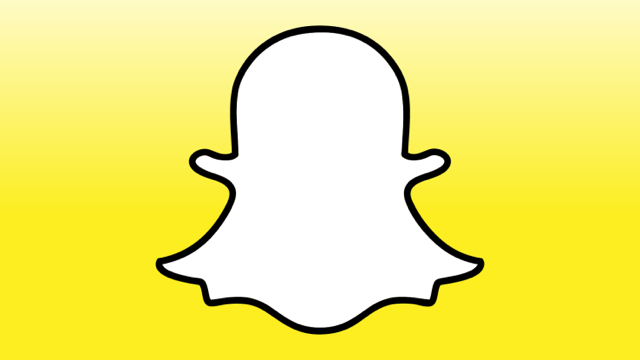Does Snap’s Daily User Slump Signal Social Media Saturation?
August 10, 2018
Snap reported that it lost three million daily active users in Q2 this year, the first time the company has recorded a loss in users since it went public in early 2017. This decline mirrors reports from Facebook, which stated its number of U.S. users was flat and its European users had fallen, and Twitter, which said in late July that its monthly active users had dipped by one million. Facebook and Twitter both experienced a tumble in share prices after their disclosures, raising the specter that social media usage has peaked.
The New York Times reports that, “the declines and flattening growth raise questions about whether the social media companies have reached a saturation point in some markets, especially in developed countries … compounded by a steady stream of bad news about social media in recent months, which may have also deterred users.”
FactSet reported that, “Wall Street expected Snap’s daily active users would reach 192 million in Q2,” but the company’s reported 188 million users at the end of June represented a 2 percent slump from 191 million at the end of March.
“There are limits to growth; the market cannot grow forever,” said Pivotal Research analyst Brian Wieser. “The faster they’ve been growing in recent years, the sooner they were getting there.”
Although Snap did suffer the drop in users, “it also posted a 49 percent jump in revenue to $262 million and a narrower net loss of $353 million for its second quarter from a year earlier.” Snap chief financial officer Tim Stone did warn that, “user numbers could continue to fall” since the company “has historically experienced a dip in daily active users during the third quarter,” but that Snap’s 100 million monthly active users in the U.S. and Canada was “a noteworthy achievement for a company that is less than seven years old.”
Snap chief executive Evan Spiegel blamed the drop in user numbers on a Snapchat redesign made late last year, which created strong user backlash. Since then, the company has reversed many of the changes.
“We feel that we have now addressed the biggest frustrations we’ve heard and are eager to make more progress on the tremendous opportunity we now have to show more of the right content to the right people,” said Spiegel, who noted that “retention of new users over the age of 35 – which is well outside Snap’s core demographic of teenagers and younger users — had improved.”
He and chief strategy officer Imran Khan also noted that Snapchat’s young users and the average 30 minutes a day they spend on the app “may appeal to advertisers,” which is more important than signing up new users. “Consumers are the product,” said Spiegel. “Advertisers are the customer.”


No Comments Yet
You can be the first to comment!
Sorry, comments for this entry are closed at this time.